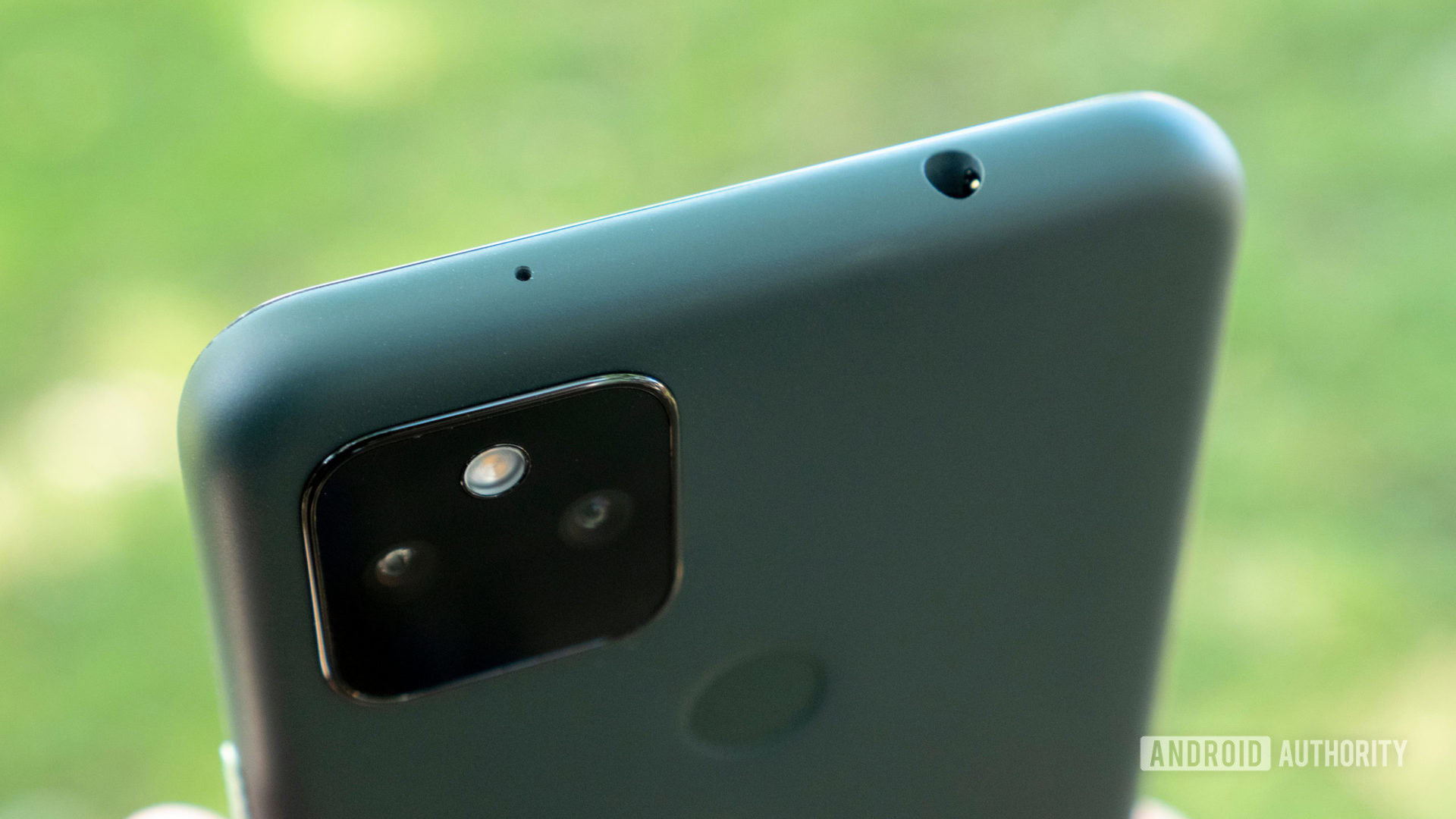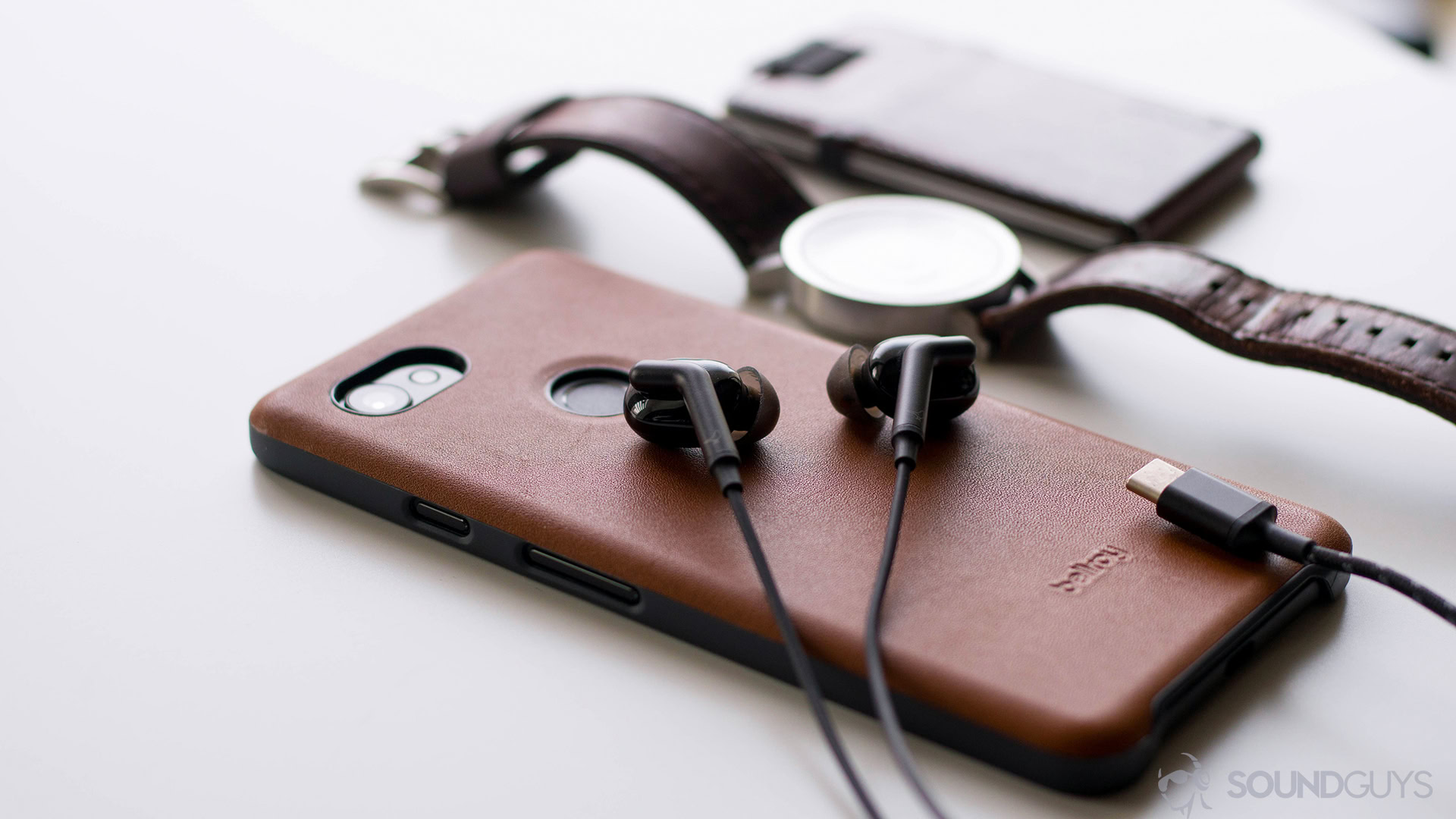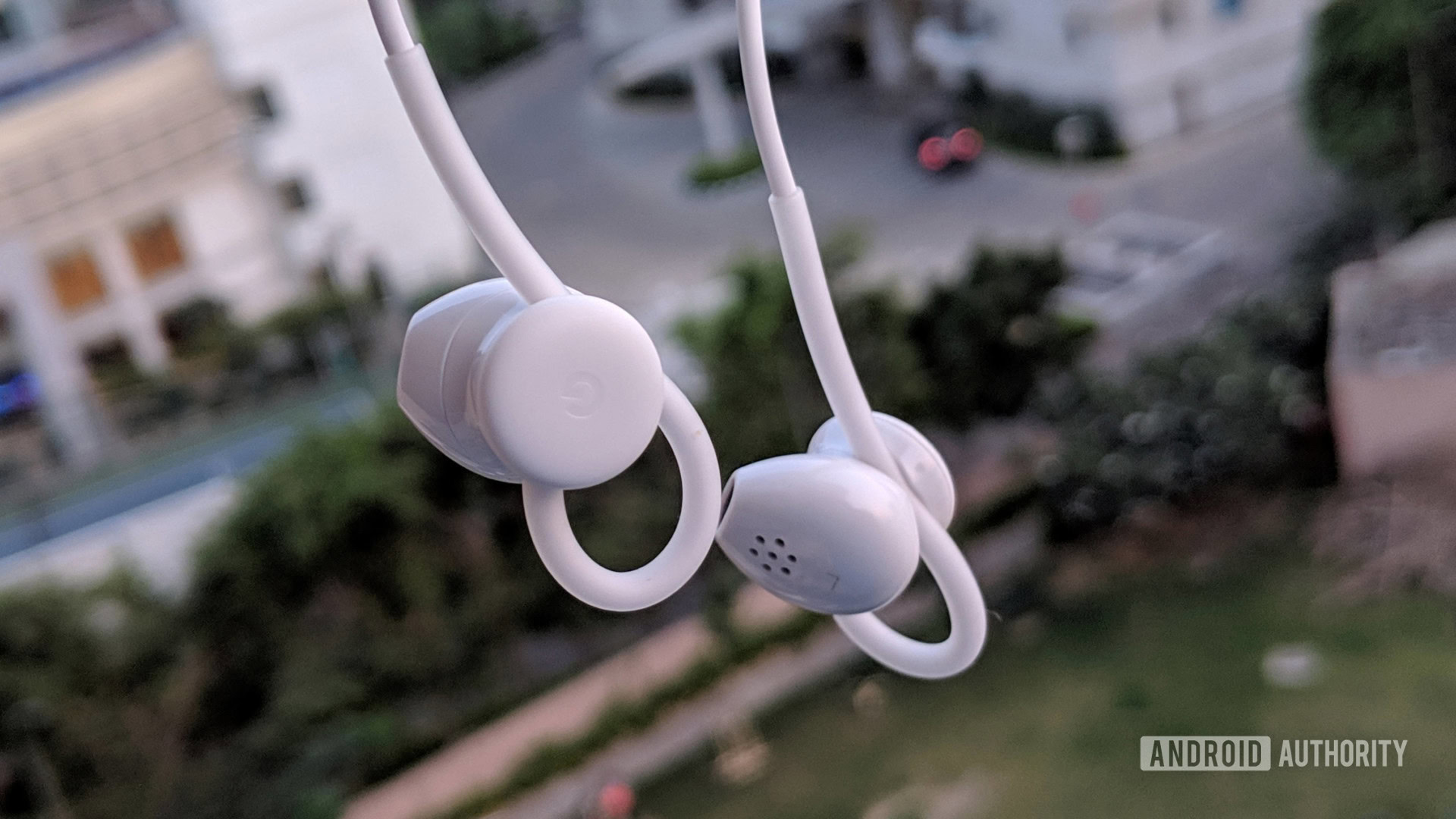Affiliate links on Android Authority may earn us a commission. Learn more.
The end of smartphones with headphone jacks is nigh, even on budget devices

The death of the 3.5mm headphone jack on smartphones — all smartphones, that is, not just expensive flagships where it’s already a rarity — is something many of us have been afraid of. But it has been on the horizon since at least 2016, when Apple had the self-proclaimed “courage” to remove the jack from the iPhone 7. Despite attacking that position in marketing, Samsung would eventually join suit with the Galaxy Note 10 in 2019, meaning that the two biggest players in the smartphone world were on board.
In fact, the writing was probably on the wall much earlier. The first major phone to ditch 3.5mm was the OPPO Finder in 2012 — the move was simply premature, since alternative headphones were less practical at the time and OPPO lacked market influence. Apple and Samsung not only had their own wireless earbuds ready to go, but the clout to make the transition stick. Since then, Apple’s AirPods have become wildly successful, Samsung’s Galaxy Buds have plenty of fans too, and it’s increasingly common for phones to ship without any bundled headphones.
If the end of 3.5mm has been closing in for a while, we might finally be hearing death knells with leaked renders of the Samsung Galaxy A53 and Google Pixel 6a. We’ve already seen budget phones across China and India ditch the port, but now two of the industry’s biggest names are seemingly about to do the same. The Galaxy A is a globally popular mid-range series from Samsung, unlike the Galaxy S series and the company’s foldables, which are aimed at cutting-edge shoppers with money to burn. The Pixel “a” line is less popular, but important nevertheless as Google’s only mid-range offering. Budget buyers are the one remaining market of size for 3.5mm on phones outside of audiophiles — so if targeted products are ditching the format, chances are the rest of the industry isn’t far behind.
Wireless is getting better, wired is going nowhere

Wired options are dwindling on smartphones in general, since even USB-C headphones have failed to gain a foothold. That might seem strange considering that USB-C should, in theory, allow great fidelity at a reasonable price. As far back as 2019, though, new models were missing in action at the Consumer Electronics Show, defeated not just by the growth of wireless technology but by inconsistent standards. People discovered that some USB cables were passive instead of active, and even if you understood why that was important, you couldn’t guarantee your headphones would work with every device. OnePlus’ defunct Type-C Bullets wouldn’t work with a Google Pixel 3 XL, for instance.
It’s also impossible to ignore the advantages of going wireless now that lag, battery, and connection reliability issues have mostly been sorted.
It’s also impossible to ignore the advantages of going wireless now that lag, battery, and connection reliability issues have mostly been sorted. Bluetooth headphones tend to connect faster and automatically — often before they’re on your head. Some can connect to multiple devices and switch at will. There’s no cable to untangle or stuff in a bag or pocket, and above all they’re more comfortable, enabling freedom of movement. When I was using wired buds at the gym, I had to worry about cables getting yanked out or caught on equipment, but with something like the Powerbeats Pro, it’s not even a thought.
Check out: Apple’s fight with Europe over USB-C is a losing battle
Wires will hold out in some regional markets longer than others, mainly where any kind of smartphone is expensive, or where rules might demand them. Even France, however, is poised to do away with requiring wired buds in phone boxes, previously a way of limiting exposure to electromagnetic emissions. Science has turned against that view, and both France and the European Union in general have come to oppose unnecessary e-waste such as Apple’s proprietary Lightning cables.
When will the end come for 3.5mm on smartphones?

The final nail in the coffin should come when wireless buds are cheap enough to bundle while still offering acceptable battery life and sound quality. That doesn’t seem far off — Wyze Buds for example are $44, and while they’re not a threat to Bose or Sony, they get the job done. In fact, there are plenty of AirPods-style alternatives for under $100. The trend, of course, is for phone makers not to include any headphones at all, but where they feel obliged to, they’ll have the option of going wireless in the name of eliminating ports.
Keep reading: The best true wireless earbuds
Driving us towards a portless future is a steady pressure in the corporate world: profit margins. Phasing out ports reduces parts costs while leaving room in a phone’s body for sexier features companies are willing to spend more on, such as powerful chips and bigger batteries. Coincidentally, omitting bundled headphones also creates new revenue streams — why would Samsung itself shell out for audio flexibility when it can convince customers to pay $100 or more for a pair of Galaxy Buds?
Driving us towards a portless future is a steady pressure in the corporate world: profit margins.
With that in mind, it could take as little as two to three years for 3.5mm jacks to become all but extinct on all phones, even budget ones. That’s roughly the length of one or two development cycles, and with the writing on the wall thanks to the likes of Samsung and Google, it’s easy to imagine executives making an aggressive push. Companies will, naturally, cater to 3.5mm demand as long as it’s financially sensible — but we’re already at a stage where that’s not the most lucrative target. “Premium” phone buyers have gone wireless, whether they liked it or not.
Does your current smartphone still have a 3.5mm headphone jack?
The demise of the headphone jack is certainly a bad thing from a consumer perspective. More options tend to be better, particularly if they save you money and allow access to decades’ worth of audio gear. I’m just here to signal the prevailing winds, and they point to the end of headphone jacks coming sooner rather than later on all of our smartphones, not just the expensive ones.